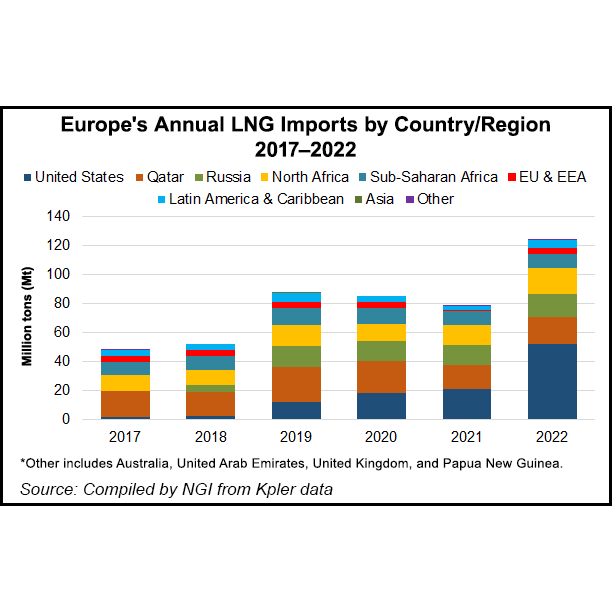LNG | Natural Gas Prices | NGI All News Access | Shale Daily
Shell Sees Henry Hub Dictating Global Natural Gas Markets as North American LNG Exports Grow
© 2024 Natural Gas Intelligence. All rights reserved.
ISSN © 2577-9877 | ISSN © 2577-9966 | ISSN © 2158-8023 |



